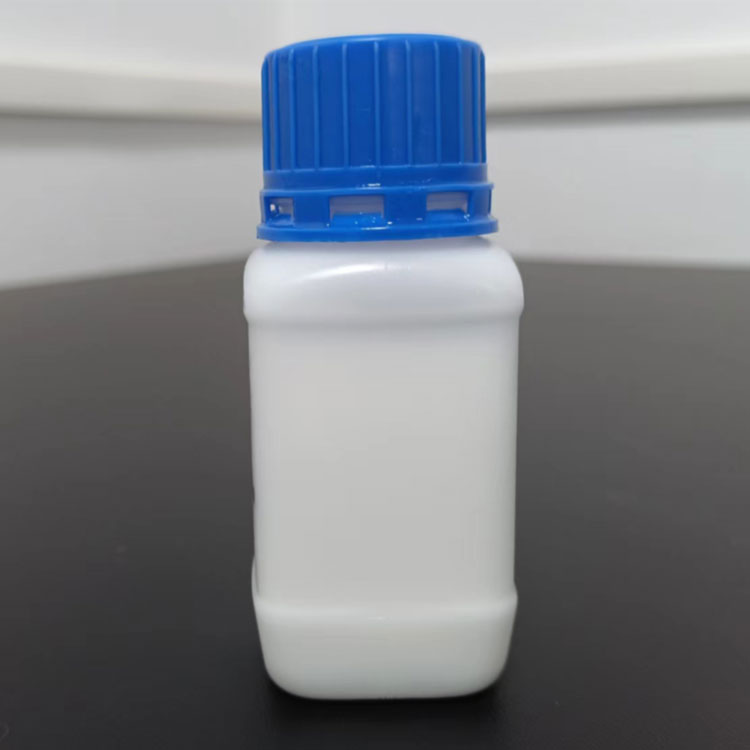Advancements and innovations in defoamer technology have significantly improved the efficiency, sustainability, and cost-effectiveness of foam control in water treatment systems. This article highlights some of the latest developments in the field.

**Biodegradable and Eco-Friendly Solutions**
The increasing emphasis on environmental protection has driven the development of biodegradable and eco-friendly defoamers. These products degrade naturally, minimizing their impact on aquatic ecosystems and reducing the need for specialized disposal procedures.
**Nano-Enhanced Defoamers**
The application of nanotechnology has led to the creation of nano-enhanced defoamers with superior performance characteristics. These nano-sized particles enhance surface adsorption, improve spreadability, and accelerate bubble bridging and collapse, resulting in more efficient foam control.
**Intelligent and Responsive Defoamers**
Intelligent and responsive defoamers that adapt to changing conditions within water systems are under development. These systems utilize sensors and automated control algorithms to adjust defoamer dosing rates in real-time, optimizing performance and reducing waste.
**Multifunctional Defoamers**
Multifunctional defoamers that combine foam control with other water treatment functions, such as corrosion inhibition or scale prevention, are gaining popularity. These products offer added value by reducing the need for multiple additives and simplifying treatment processes.
**Digital Tools for Defoamer Selection and Optimization**
The integration of digital tools, such as predictive analytics and simulation software, is facilitating more informed defoamer selection and optimization. These tools enable water treatment professionals to evaluate various defoamer options, predict their performance, and optimize dosing strategies based on real-time system data.
**Conclusion**
Advancements and innovations in defoamer technology are transforming the water treatment industry. From biodegradable solutions to intelligent, responsive systems, the latest developments are driving improvements in foam control, sustainability, and cost-effectiveness.

 English
English
 Chinese
Chinese Vietnamese
Vietnamese
 HOME
HOME
 PRODUCT
PRODUCT
 NEWS
NEWS
 CONTACT
CONTACT


